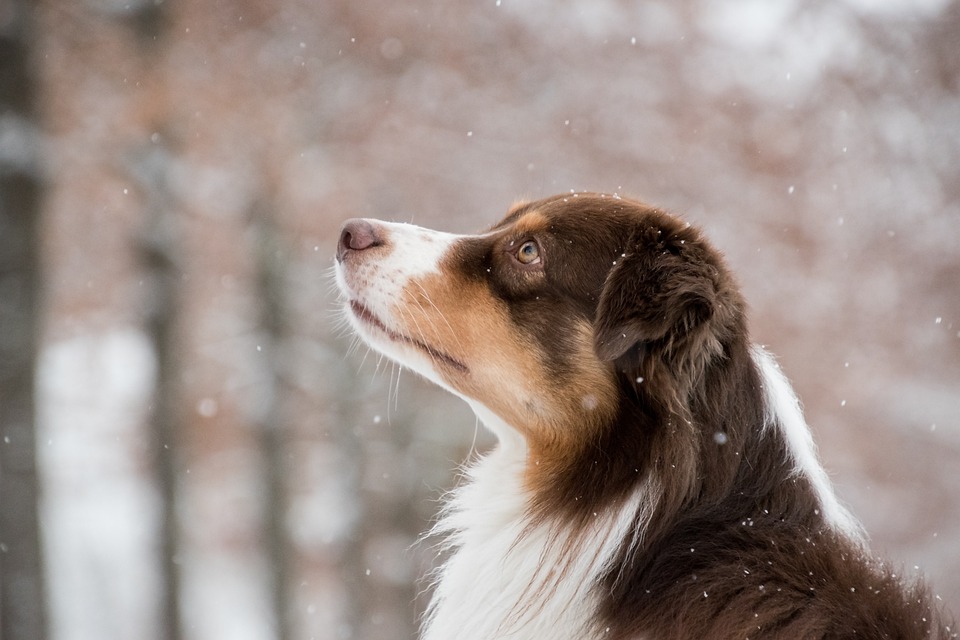Separation anxiety is a common issue faced by many puppy owners. It occurs when a puppy becomes distressed or anxious when separated from their owner or left alone. This behavior can lead to destructive actions, excessive barking, and even self-harm. Fortunately, there are several strategies you can implement to prevent separation anxiety in your puppy. In this article, we will discuss five effective strategies that can help your furry friend become more comfortable when you’re not around.
1. Gradual Introduction to Alone Time
Understanding the Importance of Gradual Introductions: Puppies need to learn that being alone is not a negative experience. Gradual introductions to alone time can help them build confidence and independence.
Creating a Safe Space: Designate a specific area in your home where your puppy can feel safe and secure. This could be a crate or a puppy-proofed room. Gradually increase the time your puppy spends in this space while you are in another room. Reward them with treats and praise for good behavior.
Short Departures: Start with short departures and gradually increase the time you spend away from your puppy. Begin by leaving for just a few minutes and return before they become anxious. Over time, extend the duration of your departures, ensuring your puppy remains calm and relaxed.
2. Positive Reinforcement Training
Positive Reinforcement Techniques: Positive reinforcement training focuses on rewarding desired behaviors rather than punishing unwanted ones. This approach helps puppies associate being alone with positive experiences.
Desensitization: Practice leaving your puppy alone for short durations and reward them with treats and praise when they remain calm. This helps desensitize them to your departures and fosters a positive association with alone time.
Interactive Toys and Puzzles: Provide your puppy with interactive toys and puzzles filled with treats. These toys can keep them engaged and distracted during periods of separation, making the experience more enjoyable.
3. Establish a Consistent Routine
Benefits of a Consistent Routine: Puppies thrive on routine and predictability. Establishing a consistent daily schedule can help prevent separation anxiety by creating a sense of security and stability.
Regular Feeding and Exercise: Ensure your puppy is fed and exercised at regular intervals. This helps burn off excess energy and promotes relaxation during alone time.
Set Departure Cues: Create departure cues that signal to your puppy that you will be leaving. This could be something as simple as picking up your keys or putting on your shoes. Consistency in these cues will help your puppy anticipate your departure and reduce anxiety.
4. Gradual Socialization
Introduction to New People and Environments: Gradual socialization is crucial to prevent separation anxiety. Expose your puppy to a variety of people, places, and experiences from an early age. This helps them become more confident and adaptable to different environments, reducing anxiety when left alone.
Positive Associations: Ensure each new experience is positive for your puppy. Reward them with treats and praise when they encounter new people and environments. This positive reinforcement helps build positive associations and reduces the likelihood of separation anxiety.
5. Seek Professional Help if Needed
Recognizing the Need for Professional Assistance: If your puppy continues to exhibit signs of separation anxiety despite your efforts, seeking professional help is essential. A veterinarian or a certified dog trainer with experience in behavioral issues can provide valuable guidance and develop a personalized training plan.
In conclusion, preventing separation anxiety in puppies is a gradual process that requires patience and consistency. By implementing these effective strategies and seeking professional help if necessary, you can help your puppy develop independence and reduce anxiety when left alone. Remember, early intervention and positive reinforcement are key to raising a well-adjusted and confident furry companion.









